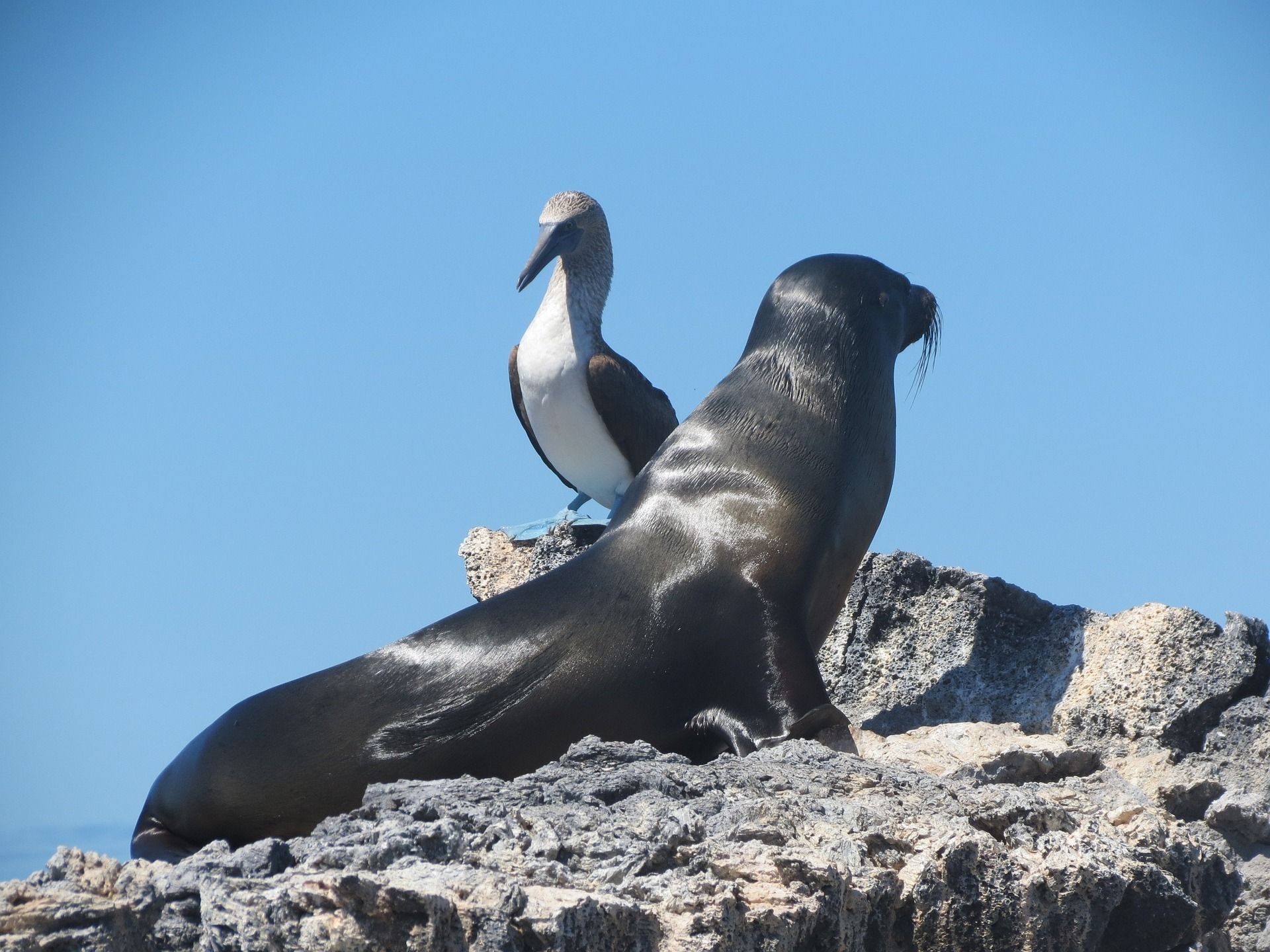South America
Basic Information
South America, the world’s fourth largest continent, is a realm of incredible landscapes and vibrant cultures. It forms the southern part of the landmass known as the New World, the Western Hemisphere, or simply the Americas. The continent is compact and roughly triangular, broad in the north and tapering to Cape Horn, Chile, in the south. It is bordered by the Caribbean Sea to the northwest, the Atlantic Ocean to the northeast, east, and southeast, and the Pacific Ocean to the west.
The continent is known for its geographic diversity, from the Amazon rainforest, the world’s largest tropical rainforest, to the Andes, the longest mountain range. South America is also home to the Atacama Desert, one of the driest places on Earth, and the Pantanal, the world’s largest tropical wetland area.
With a population of over 430 million, South America boasts a rich tapestry of cultural heritage, reflecting a blend of indigenous traditions and influences from Europe, Africa, and Asia. The continent’s major languages include Spanish, Portuguese, and a variety of indigenous languages. South America’s cities, such as São Paulo, Buenos Aires, and Rio de Janeiro, are hubs of activity and culture, while its natural wonders continue to draw visitors from around the globe.
Countries

Most common questions
Which country in South America is the safest?
The safest country in South America, according to the Global Peace Index rankings, is Uruguay. It holds this title for another year running and is also the second-safest country in Latin America as a whole, with only Costa Rica ranking higher.
Why is South America poor?
Poverty in South America is a complex issue with multiple causes. Some of the main factors contributing to poverty in the region include: unequal distribution of wealth, colonialism and racism, political turmoil, and education gap.
Why is South America called Latin America?
South America, along with parts of North America, is called Latin America because the countries in this region predominantly speak Romance languages, which are derived from Latin. The term “Latin America” was coined in the 19th century to distinguish these countries from Anglo-America, where English is the predominant language.
